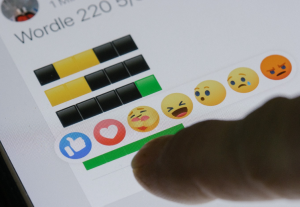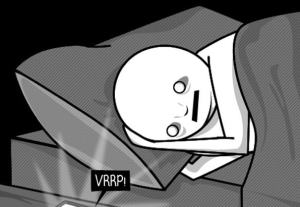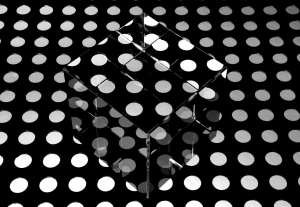- Behavioral Science, Customer Experience, Design, Neuroscience, Usability, UX Education, UX Magazine
The secrets behind the world’s obsession. Learn what psychology and behavioral science principles make Worlde so addictive.
Article by Jennifer Clinehens
The Fascinating Psychology Tricks That Make WORDLE So Addictive
- There are certain things that make WORDLE so addictive:
- Wordle uses Scarcity to stand out.
- When you share a Wordle, people notice.
- Sharing Wordle makes sharing your results across social media incredibly easy.
- How Wordle creates a habit — the “Habit Loop” describes the basic structure behind every habit:
- The trigger
- The routine
- The reward
- Wordle would have never become as popular as it is without psychology and behavioral science principles at work in the game.
Share:The Fascinating Psychology Tricks That Make WORDLE So Addictive
Share this link
- April 5, 2022
4 min read







